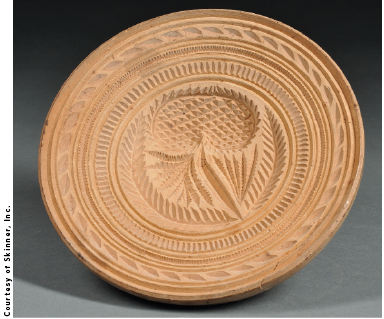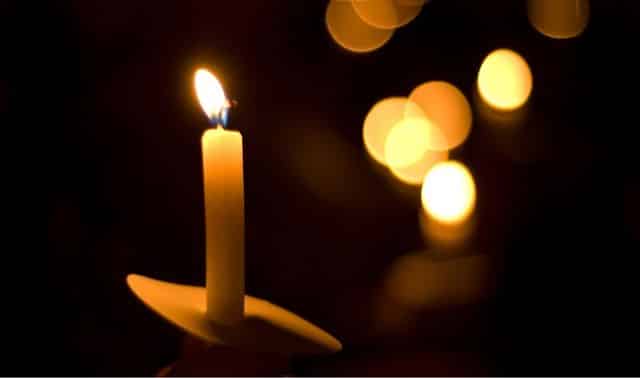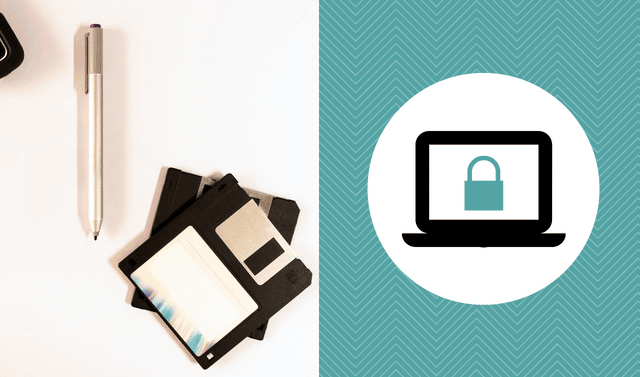Sign up for the Family Tree Newsletter Plus, you’ll receive our 10 Essential Genealogy Research Forms PDF as a special thank you!
Get Your Free Genealogy Forms
"*" indicates required fields
Ask the Archivist: Making a Virtual Bequest
Q. What is a virtual bequest?
A. It’s electronically sharing your family treasures. It’s hard to divide your grandpa’s Seth Thomas clock into equal (and working) shares for each grandchild. And you probably aren’t going to give your great-grandfather’s diary to your second cousin. But you can—and probably should—share these artifacts and the stories they hold. By distributing electronic copies, you strengthen your family’s sense of heritage, connect with distant cousins, document artifacts and create a virtual backup.
Q. How exactly do I make a virtual bequest?
A. First, make an electronic image to share: Scan documents and photos, and photograph three-dimensional heirlooms. Then write the story of the artifact, transcribe its contents, document previous owners or describe your personal connection in an accompanying document. Decide whom to share these with and how.
Q. Won’t I just share them with my immediate family?
A. Even relatives who haven’t shown an interest in genealogy might enjoy the pictures and stories. But your artifacts also may be meaningful to a wider group. I recently shared childhood photos on Facebook. Among those who commented were cousins, an uncle, old friends and my parents’ old friends. One cousin requested more pictures of his family, as his own childhood photos had been lost.
Q. What if I don’t want to post pictures on Facebook?
A. You don’t have to. I wouldn’t post photos of valuable heirlooms. Limit access by sharing with known relatives on CDs or password-protected websites. And take precautions like these: Don’t post images giving the location of a valuable piece. Remove the location data (“geotags”) embedded in most digital photos using free software such as Pixelgarde. Include only an email address as contact information when sharing online.
Q. Isn’t this a lot of work?
A. It can be, but there’s no need to do it all at once. Prioritize with whom and what you’ll share, and do it a piece at a time. When your uncle starts unexpectedly identifying pictures or a distant cousin introduces herself, your virtual bequest will be worth it. And you won’t have to give up your precious originals at all.
Resource Roundup
Archival Action: Share 10 Images
2. Choose where or with whom you want to share these items, such as siblings, relatives or a local historical society, or on a genealogy website. Gather contact information.
3. Decide how to share them (print, CD, email, online).
4. Create the necessary digital or print copies and write captions for the images you’ll share. Identify each photo’s subjects, locations and date taken, if known. If you’re sharing a record or an heirloom photo, write something about the person or family associated with the documentation or the object. You can put these descriptions in a separate document or include them in the file properties of digital images (right-click on the image).
5. Share the 10 images and accompanying captions with the people and organizations you’ve chosen to “inherit” them.
Heirloom ID: Butter Stamp

This 19th-century American-made relief-carved butter stamp is worth more than $1,000, according to Antique Trader magazine. Values range from less than $20 to $1,000-plus, depending upon the workmanship, design, material and provenance. Beware of reproductions: Stamps are still being produced, so inspect potential purchases for proper patina and wear.
From the July/August 2013 Family Tree Magazine
ADVERTISEMENT




